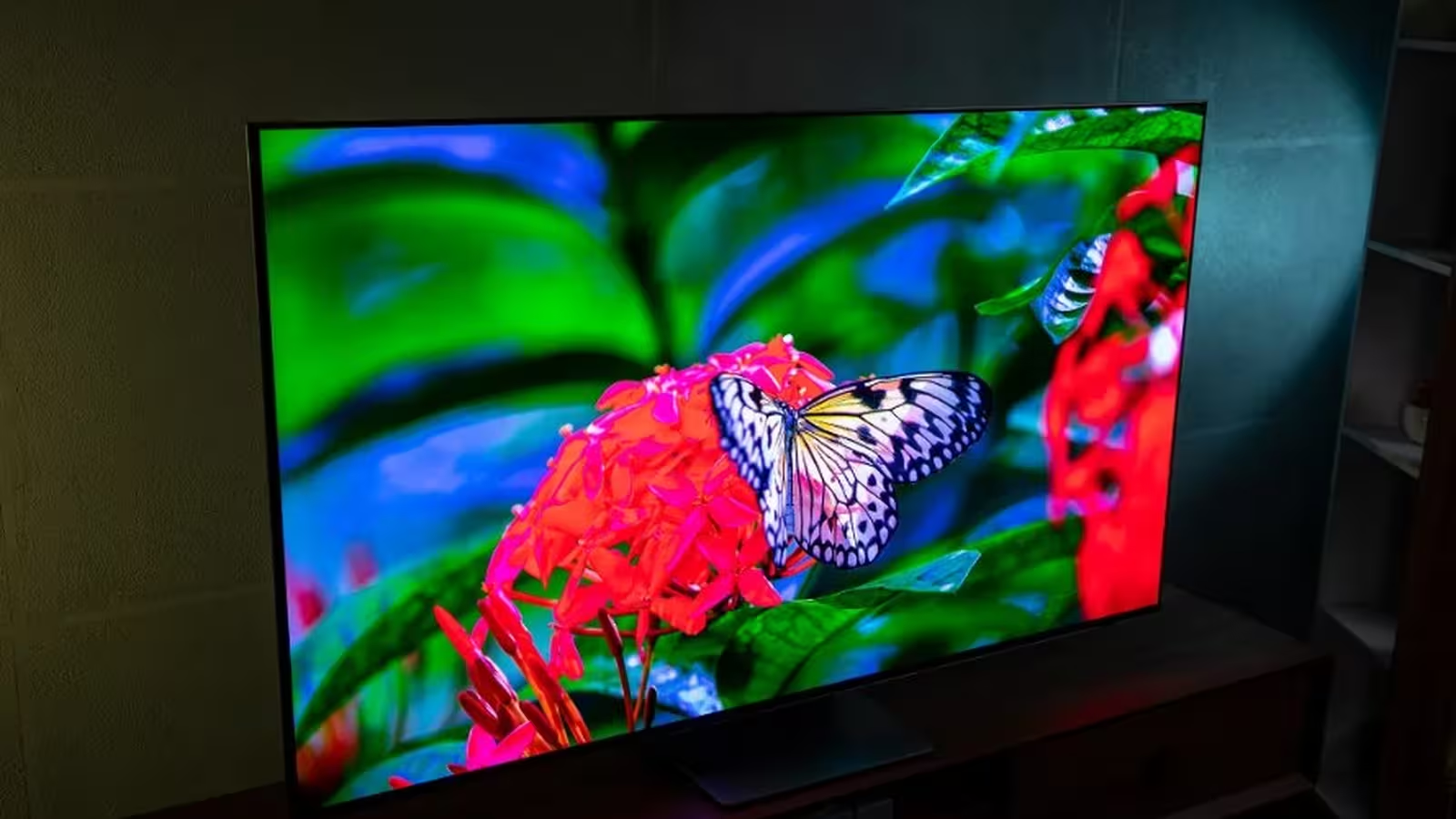3 Minutes
Samsung Sets New Benchmark in North American OLED TV Market
Samsung has cemented its position as the top OLED TV brand in North America, surpassing its long-standing rival LG for the first time. According to research firm Omdia, Samsung claimed a commanding 50.3% share of the North American OLED TV market during the first quarter of 2025, overtaking LG, which held a 34.5% share. This achievement marks a significant leap from just a year ago, when LG led with 44.2% and Samsung trailed with 36%.
Impressive Year-on-Year Growth Driven by QD-OLED Technology
This rapid 12.5% increase in market share highlights Samsung's momentum and innovation in the premium television segment. Industry analysts attribute much of Samsung's recent success to its QD-OLED TVs, which combine quantum dot technology with OLED panels for superior color reproduction, deeper blacks, and enhanced brightness. The new lineup—including the S95F, S90F, and S85F models—delivers substantial improvements over previous generations, offering better visual performance and innovative smart TV features that appeal to tech-savvy consumers and home entertainment enthusiasts.
Comparison: Samsung vs. LG in OLED TV Innovation
While both Samsung and LG have led the way in OLED display technology, Samsung's focus on QD-OLED panels has set its TVs apart in terms of picture quality and versatility. LG, known for its reliable WRGB OLED technology, still holds a strong position, but Samsung's technological advancements and aggressive market strategies have enabled it to close the gap—and now, take the lead.
Versatile Applications: Gaming, Entertainment, and Beyond
Samsung's QD-OLED panels are not only elevating home theater experiences, but they are also gaining widespread popularity in the gaming monitor sector. Multiple major brands are now integrating Samsung's advanced QD-OLED displays into their high-end gaming monitors, offering improved refresh rates, better color accuracy, and immersive gameplay for both esports professionals and casual gamers alike.
In addition to display technology, Samsung's innovation extends to its ISOCELL 200-megapixel camera sensors—produced by its System LSI division—which are now highly sought after in flagship smartphones for their advanced image processing and ultra-high resolution photography.
What This Means for the Future of Samsung
With these impressive milestones, 2025 is shaping up to be a landmark year for Samsung in the competitive consumer electronics market. By pushing boundaries in OLED and QD-OLED innovation and expanding its influence in both television and mobile technology, Samsung is poised to remain a global leader in digital innovation and premium home entertainment solutions.


Leave a Comment